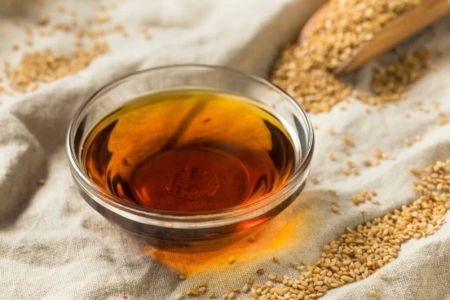Exploring the Benefits and History of Oolong Tea
Oolong tea, often considered a bridge between green and black tea, offers a unique flavor profile that appeals to many tea lovers worldwide. This semi-fermented tea has a rich history and numerous health benefits that make it a popular choice among tea drinkers. Whether you’re a tea connoisseur or a newcomer, understanding what makes oolong tea special can enhance your tea experience.
1. The Rich History of Oolong Tea
Oolong tea originated in China and Taiwan, with its production dating back to the Tang Dynasty (618–907 AD). It is believed to have evolved from green tea through a process of partial oxidation, which gives it a distinct taste between green tea's fresh flavor and black tea's robust intensity. The name "oolong" is derived from the Chinese words "wū" (black) and "lóng" (dragon), symbolizing its rich and mystical character.
1.1 The Cultivation of Oolong Tea
The cultivation of oolong tea involves a careful balance of climate, soil, and harvesting techniques. It thrives in high-altitude regions, which contribute to its unique flavor. Unlike green or black tea, oolong tea undergoes a specific oxidation process, which can range from 10% to 70%, depending on the desired taste. This process is what makes oolong tea stand out among other types of tea.
2. Health Benefits of Oolong Tea
Oolong tea offers a variety of health benefits that can contribute to overall wellness. Whether you’re looking to boost metabolism, improve skin health, or support heart function, oolong tea provides a natural and delicious solution. Below are some of the most notable health benefits of drinking oolong tea.
2.1 Weight Loss and Metabolism Boost
Studies have shown that oolong tea can help increase metabolism and fat oxidation, making it an excellent choice for weight management. The polyphenols in oolong tea can promote fat breakdown and increase the body's energy expenditure, helping individuals lose weight or maintain a healthy weight.
2.2 Rich in Antioxidants
Oolong tea is rich in antioxidants, which help fight free radicals in the body. These antioxidants, such as polyphenols, can reduce oxidative stress and lower the risk of chronic diseases like heart disease and cancer. Drinking oolong tea regularly can contribute to long-term health and well-being.
2.3 Supports Heart Health
Regular consumption of oolong tea has been linked to improved heart health. The tea contains flavonoids, which help lower cholesterol levels and improve blood circulation. Additionally, oolong tea can help regulate blood pressure, contributing to overall cardiovascular health.
3. The Flavor Profile of Oolong Tea
The flavor of oolong tea can vary widely, depending on the degree of oxidation it undergoes. Generally, oolong tea has a floral, fruity, or even toasty flavor with a smooth and creamy texture. The less oxidized varieties have a more delicate taste similar to green tea, while the more oxidized types tend to have a richer, fuller flavor closer to black tea. The brewing time and temperature also influence the final taste of the tea.
3.1 Floral and Fruity Oolong
Some oolong teas are lightly oxidized, giving them a delicate floral aroma and a fresh, fruity taste. These teas are often more fragrant and sweet, making them perfect for those who enjoy a subtle tea experience.
3.2 Toasty and Rich Oolong
Other varieties of oolong tea are more heavily oxidized, leading to a richer, fuller flavor profile. These teas have a toasty, caramel-like taste, with hints of roasted nuts and honey. These types of oolong are favored by those who prefer a stronger, more complex tea.
4. How to Brew the Perfect Cup of Oolong Tea
Brewing oolong tea is an art, and there are a few essential tips to ensure that you get the most flavor from your leaves. Oolong tea is best brewed at a slightly lower temperature than boiling water to avoid bitterness and bring out its delicate flavors. Here are some simple steps to brewing the perfect cup of oolong tea:
4.1 The Right Water Temperature
For most oolong teas, the ideal water temperature is between 185°F to 205°F (85°C to 96°C). Water that is too hot can cause the tea to become bitter, while water that is too cool won’t extract the full flavor profile of the tea.
4.2 Steeping Time
Steep the tea for 3 to 5 minutes, depending on how strong you like your tea. If you prefer a lighter brew, aim for 3 minutes; for a more robust flavor, steep for up to 5 minutes. Be sure to taste it as it steeps to find your perfect balance.
4.3 Reuse Your Leaves
One of the joys of oolong tea is that the leaves can be reused multiple times. After the first steeping, you can reuse the leaves for two or three more cups of tea, each with its own distinct flavor as the leaves unfurl.
5. Real-Life Story: A Journey into Oolong Tea
Meet Jane, a long-time green tea drinker who was looking for something new and more complex. After trying several different oolong teas, she was hooked. Jane found that oolong tea provided the perfect balance of flavors—light and refreshing, yet rich and satisfying. She now enjoys experimenting with different oolong varieties, savoring each cup and exploring the nuanced tastes that come with this ancient tea. Her journey into oolong tea has opened up a whole new world of flavors, and she enjoys it as part of her daily routine.
6. Where to Buy the Best Oolong Tea
If you’re ready to dive into the world of oolong tea, you can find a wide selection of high-quality options at Chinese Food. Their curated collection of oolong tea offers various types, from floral to toasty, allowing you to choose the perfect brew for your tastes. Visit their site to learn more about their offerings and find the best oolong tea for you.


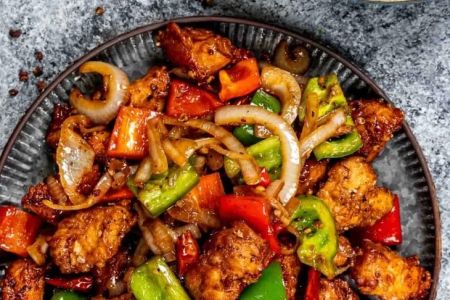
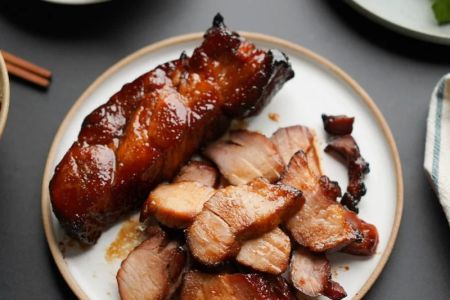
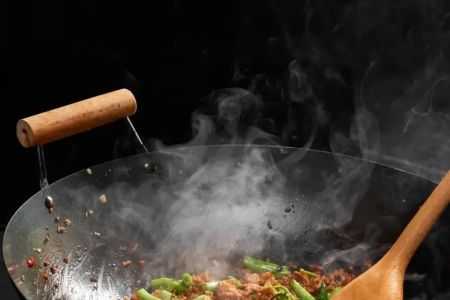
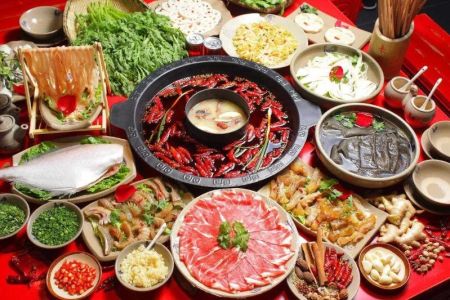
![Top Chinese Restaurants for Authentic Cantonese Cuisine in [Your City]](https://img.gochinarose.com/d33/2507/4157910400_450x300.webp)
